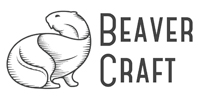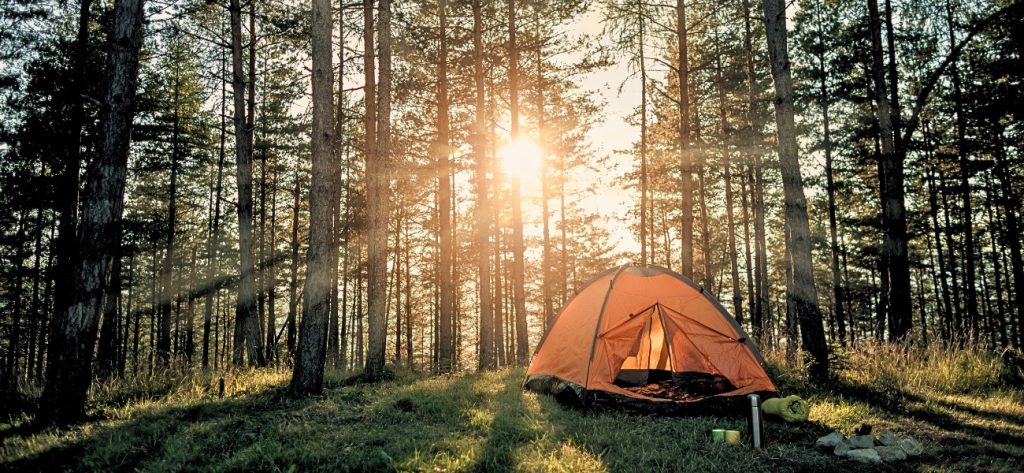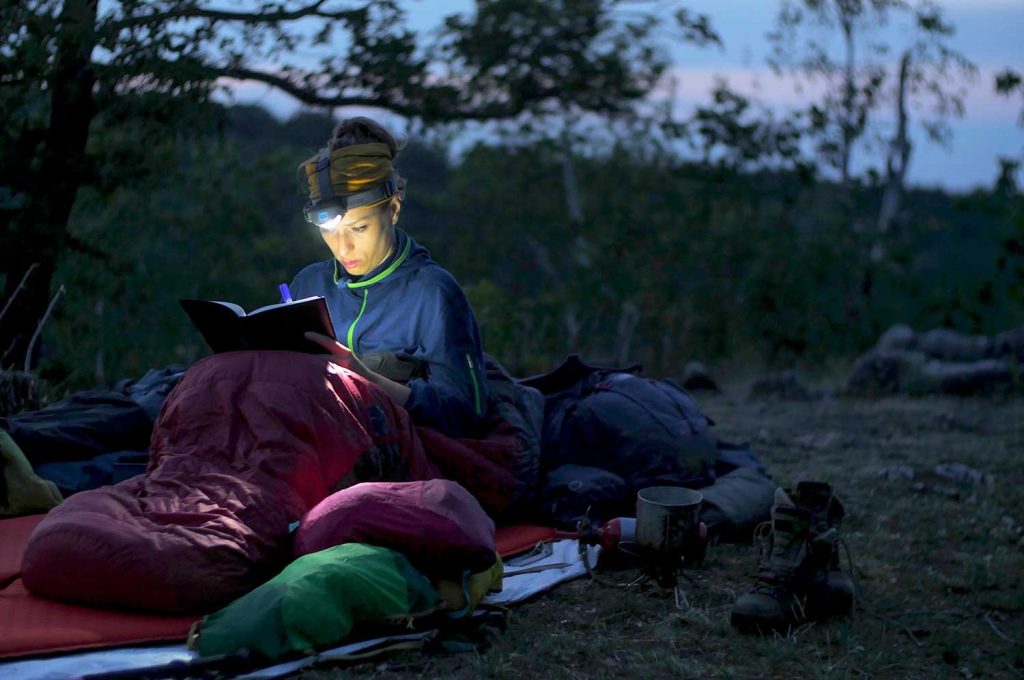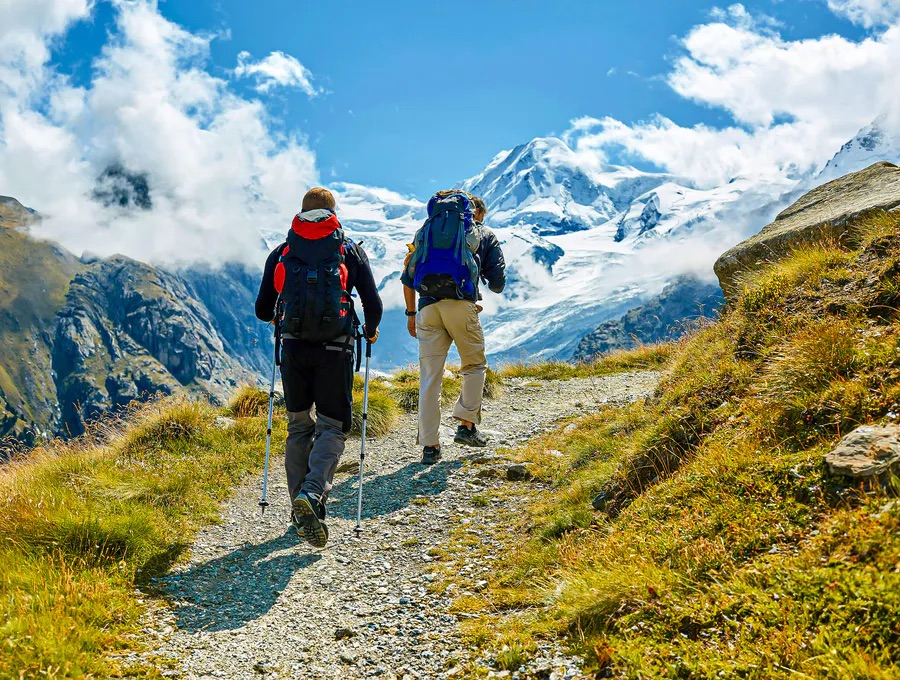Embarking on an outdoor adventure is exhilarating—but preparation is key to ensuring safety, comfort, and unforgettable experiences. From solo treks to group expeditions, the right mindset, gear, and planning can make all the difference. This guide will walk you through every step of preparing for your next outdoor adventure, helping you feel confident and ready for anything the wild throws your way.
Step 1: Plan Your Route and Set Goals
Before packing a single item, understand where you’re headed. Consider:
- Destination and terrain: Are you navigating forests, mountains, or river valleys?
- Duration: Are you going for a day, a weekend, or a multi-day expedition?
- Adventure goals: Are you focused on exploration, photography, fitness, or relaxation?
- Weather conditions: Prepare for rain, sun, wind, or sudden changes in temperature.
Proper planning reduces unexpected challenges and ensures you pack exactly what you need.
Step 2: Prioritise Your Gear Essentials
Having the right equipment can transform an outdoor adventure from stressful to seamless. Focus on high-quality essentials that combine durability, versatility, and functionality:
- Backpacks and packs: Supportive, comfortable, and weather-resistant.
- Footwear: Durable hiking boots or trail shoes suitable for your terrain.
- Clothing: Layered, breathable, moisture-wicking, and quick-drying fabrics.
- Headlamps: Reliable lighting for early mornings, night trails, or emergencies.
- Multitools: Compact tools like the Leatherman Wave or Victorinox Swiss Army knives are perfect for repairs, cooking, or first-aid situations.
Always check that your gear is in excellent condition before leaving home.
Step 3: Plan Your Nutrition and Hydration
Your body is your most important tool on any adventure. Ensure you:
- Pack balanced snacks: Nuts, dried fruits, energy bars, and jerky for quick energy.
- Stay hydrated: Carry water bottles or hydration packs, and consider a portable water filter for multi-day trips.
- Meal prep: Pre-plan meals for multi-day hikes and bring lightweight cookware if needed.
Step 4: Safety and Navigation
Being prepared means minimising risks:
- Maps and GPS devices: Don’t rely solely on your phone; signal can fail in remote areas.
- First-aid kit: Include bandages, antiseptics, medications, and any personal items.
- Emergency gear: Whistles, fire starters, and reflective blankets can be lifesavers.
- Tell someone your plan: Share your route, expected return, and contact details with a friend or family member.
Step 5: Pack Smart and Travel Light
Efficiency is key when carrying your gear:
- Weight distribution: Place heavier items close to your back for comfort.
- Essential vs. optional: Avoid overpacking; only bring what you’ll realistically use.
- Accessible items: Keep frequently used items like snacks, maps, and headlamps within easy reach.
Step 6: Mental Preparation
Outdoor adventures can be unpredictable. A prepared mindset is as important as physical readiness:
- Stay flexible: Weather changes or trail closures may require adjustments.
- Stay positive: Challenges can be part of the adventure.
- Embrace the experience: Take time to enjoy nature, wildlife, and the journey itself.
Conclusion
Proper preparation is the difference between a stressful outing and a memorable adventure. By planning your route, packing quality essentials, maintaining nutrition, prioritising safety, and cultivating the right mindset, you’ll be ready to tackle any outdoor challenge with confidence. Every adventure is an opportunity to explore, grow, and reconnect with nature—so take the time to prepare thoroughly, and you’ll make the most of every moment on your journey.























